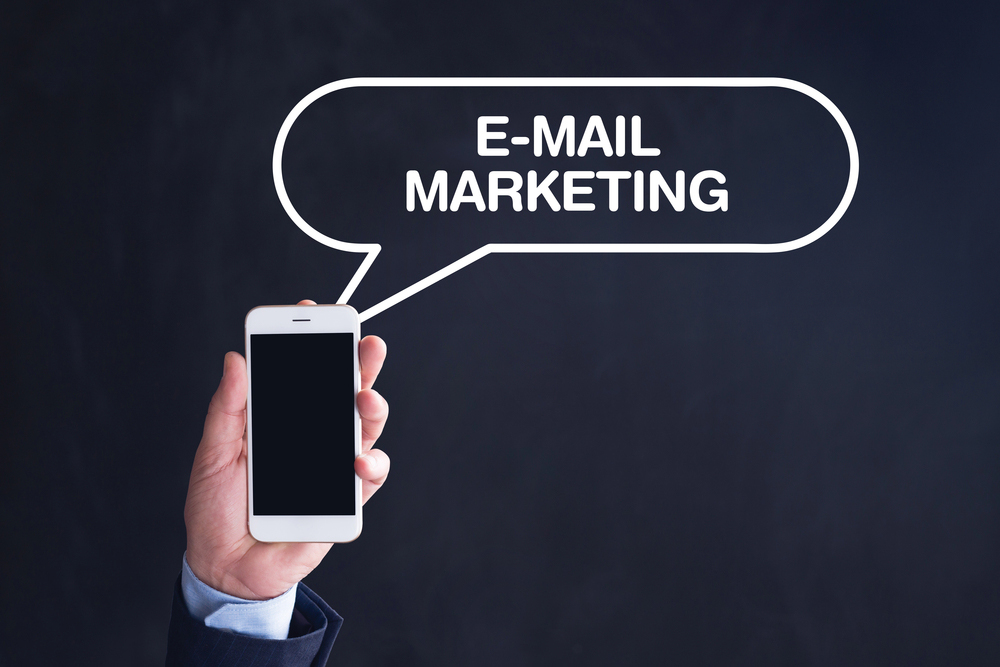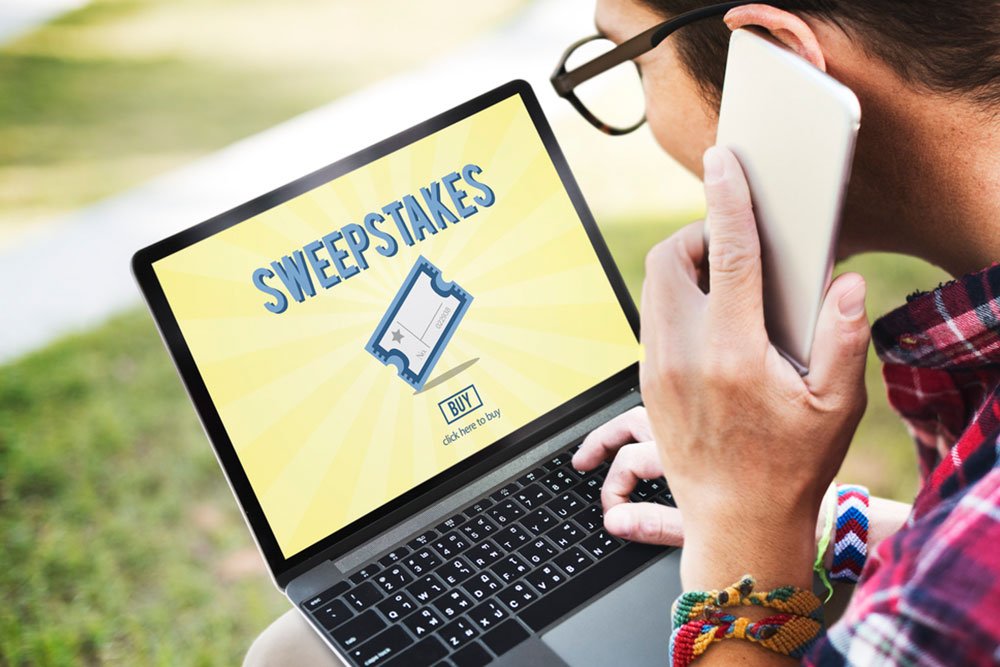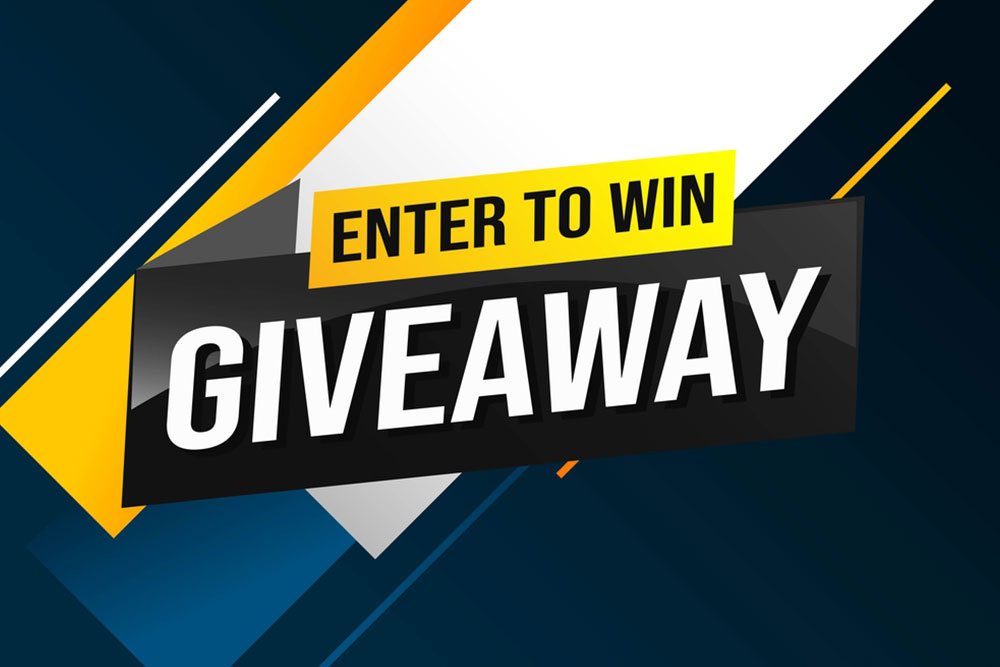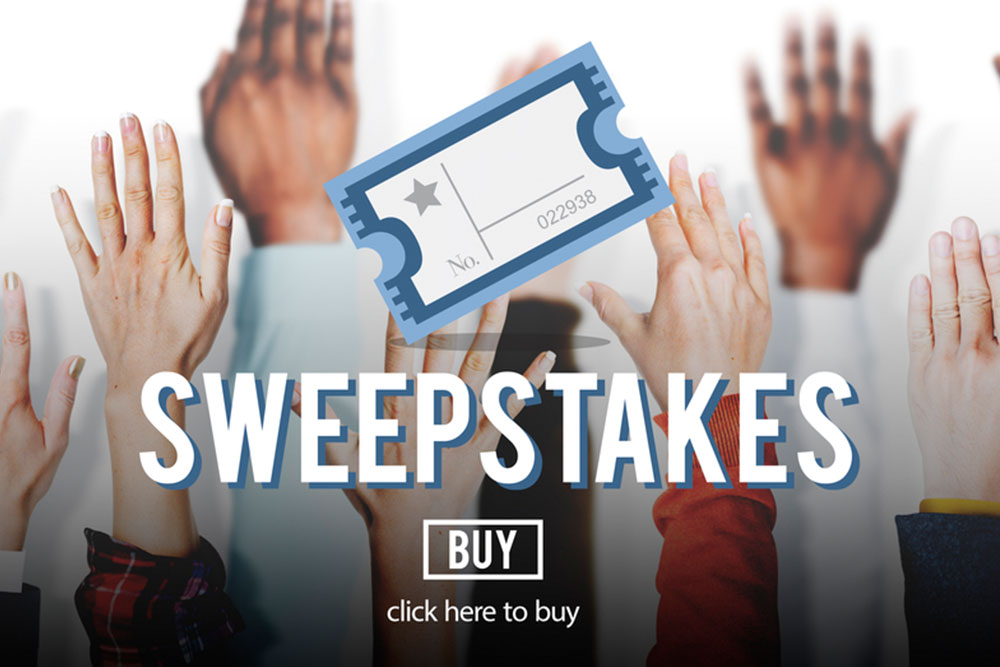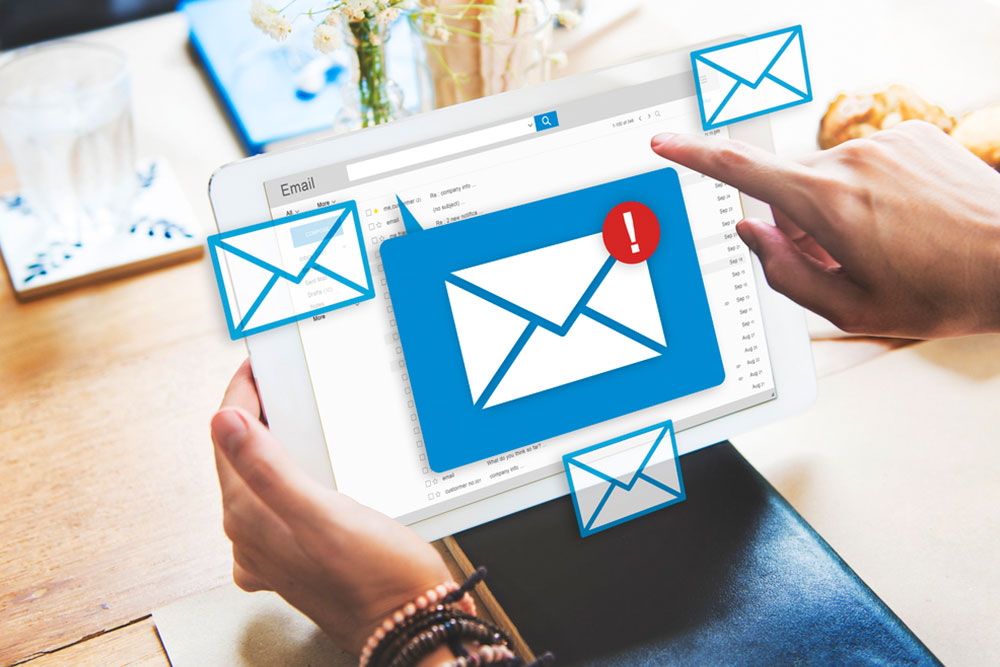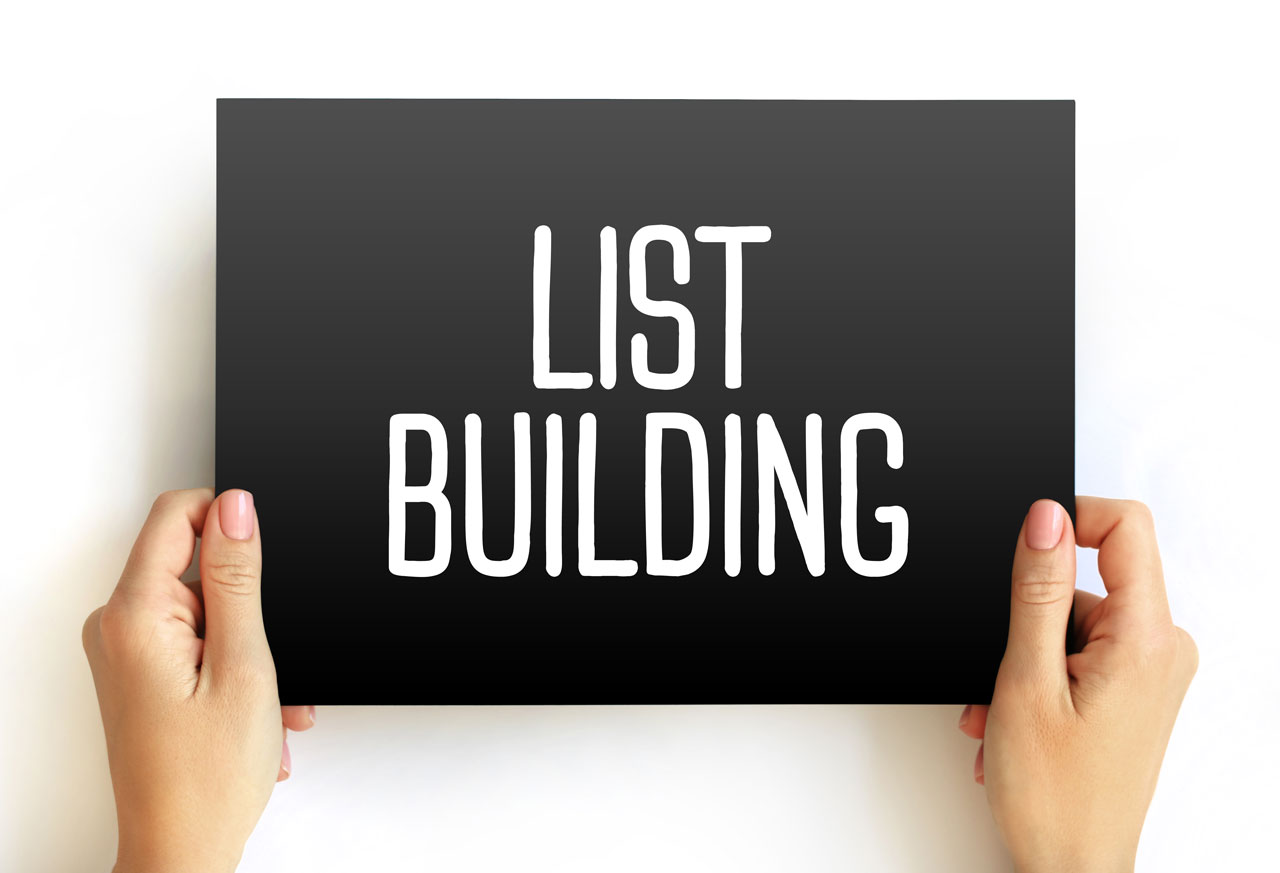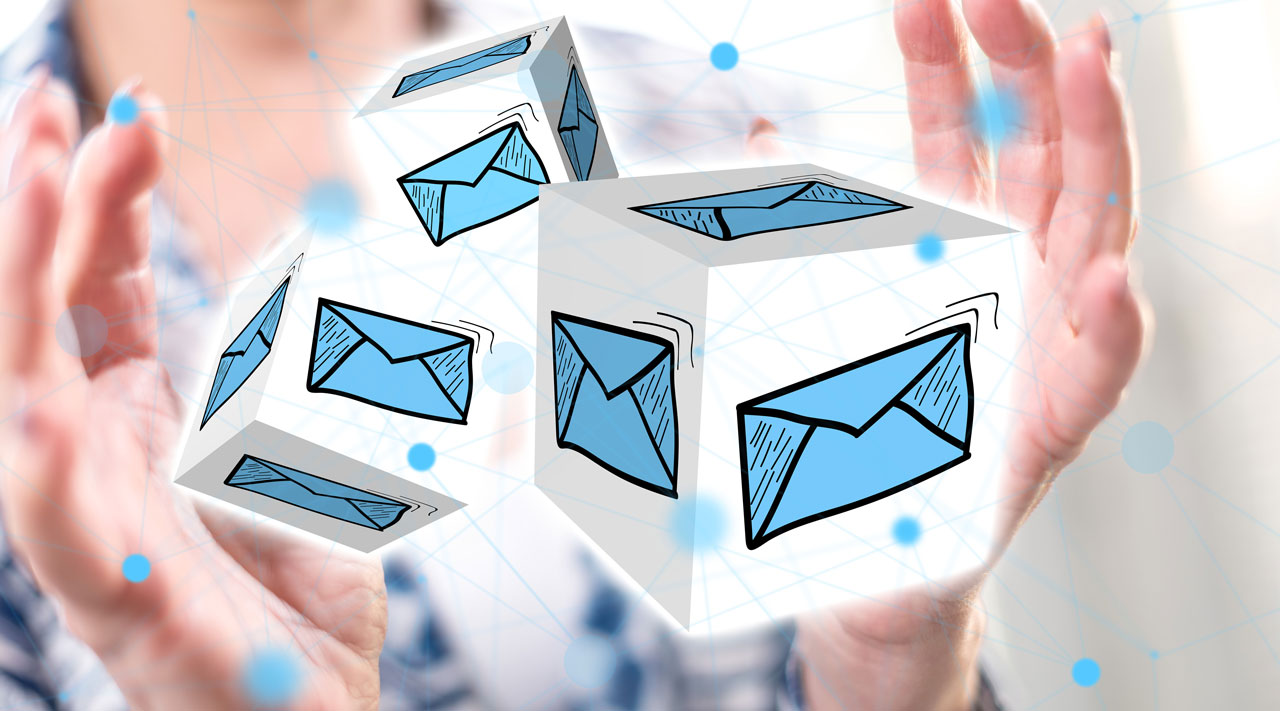11 Benefits Of Email Marketing: Why It’s Important For Business
Email marketing is one of the most effective and impactful digital marketing strategies in the current business landscape. With the ability to target audiences directly and provide personalized content, it’s no wonder why companies continue to invest in this channel. In this post, we’ll explore the key benefits of email marketing and explain why it should be a core part of your business strategy.
Cost-Effective Marketing Solution
One of the most significant advantages of email marketing is its cost-effectiveness. Compared to other marketing channels like print or television ads, email marketing requires minimal investment while yielding high returns.
There’s no need for expensive ad space or print materials; all you need is a well-maintained email list and an email marketing platform. With the right tools, you can scale your efforts without significantly increasing costs, making it one of the most budget-friendly ways to reach a large audience.
Personalized and Targeted Messaging
Email marketing allows for highly personalized content tailored to your subscribers’ preferences. By segmenting your audience based on demographics, purchase history, or engagement levels, you can send relevant messages that resonate with individual recipients.
This level of customization leads to higher open and click-through rates, as people are more likely to engage with content that speaks directly to their needs and interests. Personalized emails build stronger customer relationships and increase the likelihood of conversions.
Improved Customer Engagement
Consistent communication through email helps businesses stay connected with their audience. Regularly sending newsletters, promotions, or informative content keeps your brand top of mind for your subscribers.
Emails can also help to re-engage inactive customers by offering special incentives or reminders of why they signed up for your list in the first place. When customers feel valued and informed, they are more likely to engage with your brand and remain loyal over time.
Higher ROI Compared to Other Channels
Email marketing consistently delivers a higher return on investment (ROI) compared to other digital marketing methods. This is due to the low cost of sending emails combined with the high conversion rates that well-executed campaigns can achieve. Email marketing’s direct approach means that recipients are more likely to take action, whether that’s making a purchase, signing up for a service, or sharing your content.
Automation Capabilities Save Time
One of the most powerful features of email marketing is automation. With the right tools, businesses can set up automated campaigns that deliver the right message at the right time.
For example, welcome emails can be triggered when someone subscribes to your list, or follow-up emails can be sent after a customer makes a purchase. Automation saves time and ensures that your communication is timely and relevant without requiring constant manual intervention.
Measurable Results and Insights
Unlike traditional marketing methods, email marketing provides detailed metrics that help you track the effectiveness of your campaigns. You can measure and analyze open rates, click-through rates, bounce rates, and conversion rates to refine future strategies.
By understanding which emails perform best, your business can optimize content and timing for better results. This level of transparency allows for continuous improvement, ensuring that your email marketing efforts are always moving towards your goals.
Increased Website Traffic
Email marketing is an excellent way to drive traffic to your website. By including clear call-to-action buttons and links within your emails, you can guide recipients to specific landing pages, product pages, or blog posts.
In addition to boosting your website’s traffic, it also helps improve SEO rankings as more people engage with your content. Regularly sending traffic to your website through email campaigns can have long-lasting benefits for your online presence.
Builds Brand Awareness and Credibility
Email marketing helps reinforce your brand identity and build credibility with your audience. Every email you send gives you an opportunity to showcase your brand’s voice, values, and offerings.
Over time, this consistent exposure helps customers recognize and trust your brand. With well-crafted content and design, email campaigns can position your business as an authority in your industry, which is critical for long-term success.
Segmentation Drives Better Results
Segmentation in email marketing allows you to divide your email list into smaller, more targeted groups. This ensures that each segment receives content that is specifically relevant to them, increasing the chances of engagement and conversion.
Whether you segment based on behavior, location, or interests, this practice improves the overall effectiveness of your campaigns and helps deliver better outcomes for your business.
Easy to Share and Expand Reach
Emails are easy to share, making it simple for your audience to forward your content to others. Whether it’s a special promotion, valuable blog post, or helpful resource, subscribers can quickly pass along your message to their network. This organic sharing extends your reach beyond your email list and helps attract new potential customers who may not have otherwise discovered your business.
Increased Customer Retention
One of the often-overlooked advantages of email marketing is its ability to boost customer retention. By consistently staying in touch with your existing customers, you can remind them of your value, offer exclusive deals, and encourage repeat purchases.
Sending out loyalty programs, personalized offers, or simply checking in with your customers can increase their lifetime value to your business. Regular communication strengthens relationships and helps ensure customers stay engaged with your brand rather than turning to competitors.
Email Marketing Is a Must for Your Business
Email marketing remains a powerful tool for businesses of all sizes thanks to its cost-effectiveness, ability to provide personalized messaging, and high ROI among other benefits. With the right approach, it can strengthen your brand, improve customer relationships, and drive meaningful results for your business.
At Sprint Data Solutions Worldwide Marketing, we specialize in helping businesses leverage data to maximize their marketing efforts. We provide accurate, high-quality leads that are tailored to your specific audience, ensuring your email marketing campaigns reach the right people at the right time.
Our email marketing services have the potential to help you grow your brand, increase engagement, and achieve your business goals. Whether you’re looking to expand your reach or refine your strategy, we have the tools and expertise to drive success through effective email marketing.

